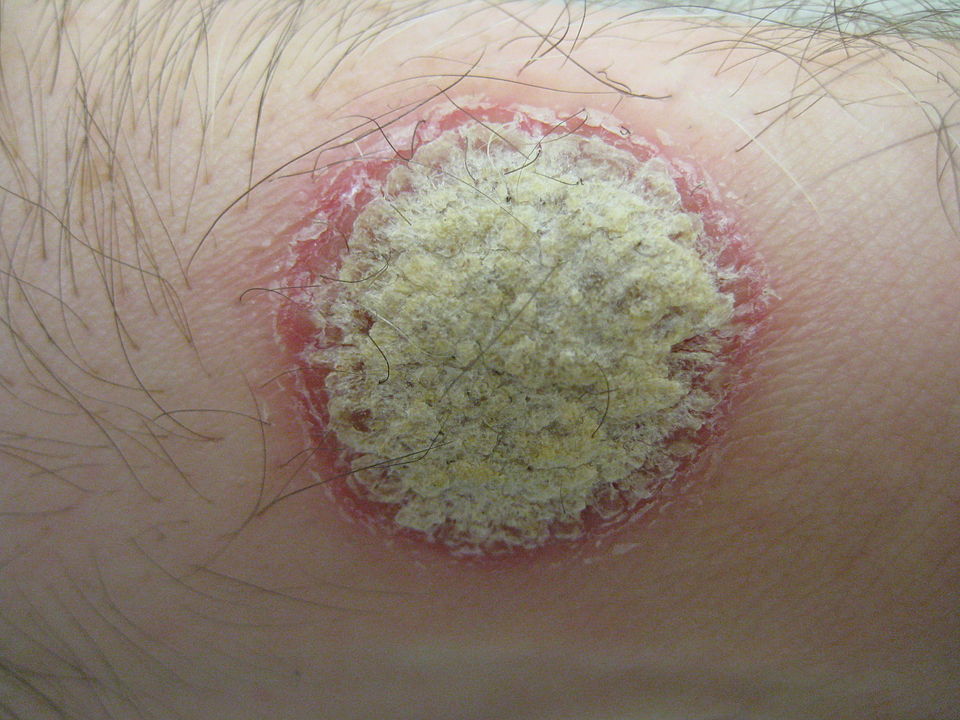Gaps and Gender Differences in Diabetes Management

A new study from the University of Eastern Finland revealed there are gaps and gender differences in diabetes management. Type 2 diabetes is often accompanied by elevated cholesterol levels, but many patients do not receive appropriate cholesterol-lowering treatment, according to the study, which appears in Scientific Reports.
Type 2 diabetes is a major risk factor of cardiovascular diseases, such as coronary artery disease and heart failure, as well as premature death. To prevent or at least delay complications, regular health care visits and good control of blood glucose, low-density lipoprotein cholesterol (LDL-C) and other risk factors are needed.
The present study shows that LDL-C control and statin prescriptions remain suboptimal in clinical practice – despite guidelines that consistently recommend treating elevated LDL-C with statins at moderate- to high-intensity. The study drew on electronic health records of 8592 type 2 diabetes patients between 2012 and 2017.
Analysing LDL-C values over time, researchers identified four groups with different trajectories. Most patients (86%) had relatively stable LDL-C values at moderate levels and only a few patients showed a significant increase (3%) or decrease (4%) during the follow-up. However, the second-largest group (8%) consisted of patients with alarmingly “high-stable” LDL-C levels at around 3.9 mmol/L.
The “high-stable” LDL-C group had the lowest proportions of patients on moderate- and high-intensity treatment as well as any statin treatment. The proportion of patients receiving any statin treatment even decreased from 42% to 27% among men, and from 34% to 23% among women between 2012 and 2017.
“We observed significant gender differences in care processes and outcomes,” said Laura Inglin, Early Stage Researcher, University of Eastern Finland. “In all the trajectory groups, women had significantly higher average LDL-C levels and received any statin treatment and high-intensity treatment less frequently than men.”
Significant differences were seen in terms of longitudinal care processes, outcomes, and treatments, pointing out gaps in current diabetes management. Efforts to control LDL-C should be increased – especially in patients with continuously elevated levels – by initiating and intensifying statin treatment earlier and re-initiating the treatment after discontinuation if possible.
Source: University of Eastern Finland





